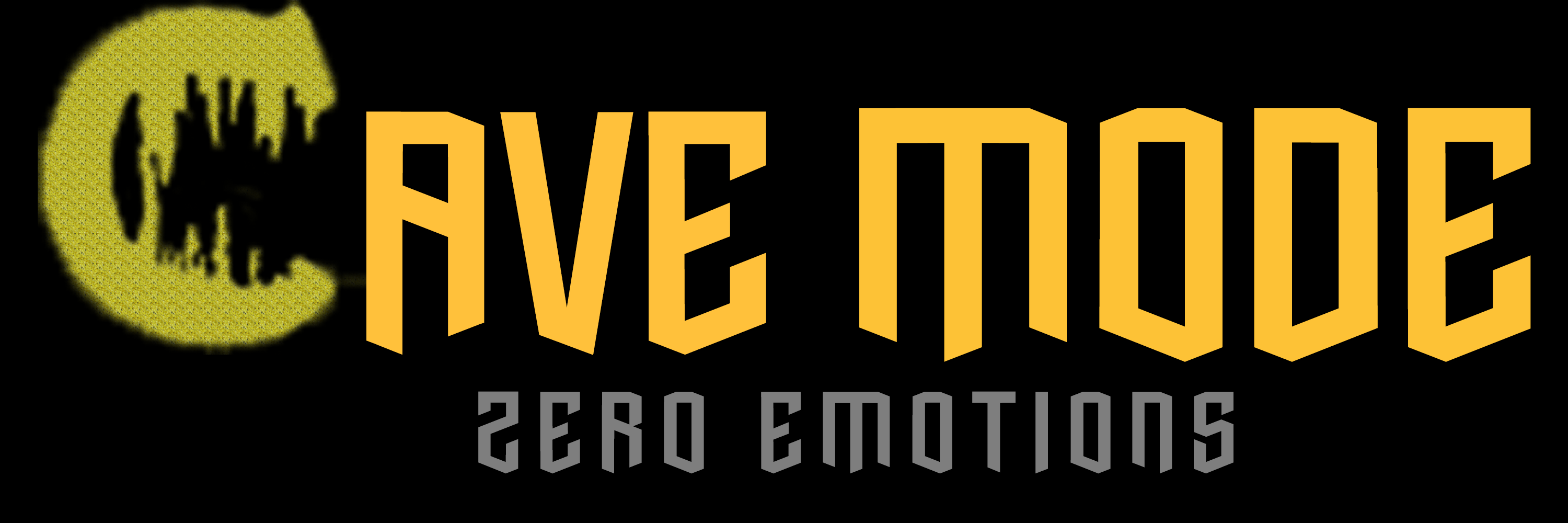Tracking fitness progress is vital, but traditional journals can be tedious. Data visualization, like charts and graphs, offers a clearer, more engaging way to interpret your fitness journey. It simplifies understanding trends and improvements, ensuring more informed decisions and maintaining motivation in your pursuit of health and fitness goals.

Types of Charts and Graphs
There are many different types of charts and graphs that can be used to visualize fitness progress. Some of the most common include:
- Line charts: Line charts are a good choice for visualizing progress over time. They can be used to track changes in weight, reps, sets, and other metrics.
- Bar charts: Bar charts are a good choice for comparing different metrics at a single point in time. For example, you could use a bar chart to compare your weight, reps, and sets for different exercises.
- Scatter plots: Scatter plots are a good choice for visualizing relationships between two metrics. For example, you could use a scatter plot to see if there is a relationship between your weight and your reps.

Creating Fitness Charts and Graphs
There are many different tools that can be used to create fitness charts and graphs. Some of the most popular options include:
- Microsoft Excel: Excel is a powerful spreadsheet program that has built-in tools for creating charts and graphs.
- Google Sheets: Google Sheets is a free online spreadsheet program that also has built-in tools for creating charts and graphs.
- Matplotlib: Matplotlib, a Python library, creates professional-looking charts and graphs.
- Seaborn: Seaborn, built on Matplotlib, offers a user-friendly interface for chart and graph creation in Python.

Examples of Fitness Charts and Graphs
Here are some examples of how you can use charts and graphs to visualize your fitness progress:
- Track your weight loss: Create a line chart that shows your weight over time. This will help you see how much weight you have lost and if you are on track to meet your goals.
- Track your strength gains: Create a line chart that shows your reps and sets for different exercises over time. This will help you see if you are getting stronger.
- Track your endurance: Create a line chart that shows your pace for different workouts over time. This will help you see if you are getting more endurance.

Tips for Visualizing Fitness Progress
Here are some tips for visualizing your fitness progress:
- Choose the right chart or graph for your data. The suitability of charts and graphs should be carefully considered, as they vary in effectiveness for different types of data visualization.
- Use clear labels and titles. Your charts and graphs should be easy to understand. Make sure to use clear labels and titles so that people can easily see what the data is representing.
- Keep your charts and graphs simple. Too much information can be overwhelming. Keep your charts and graphs simple so that people can easily see the trends and patterns.
Conclusion
Visualizing your fitness progress is a powerful tool that can help you stay motivated, make informed decisions, and achieve your goals. By using charts and graphs,
Check out our previous post about The Role of Sleep in Muscle Recovery and Overall Fitness.

